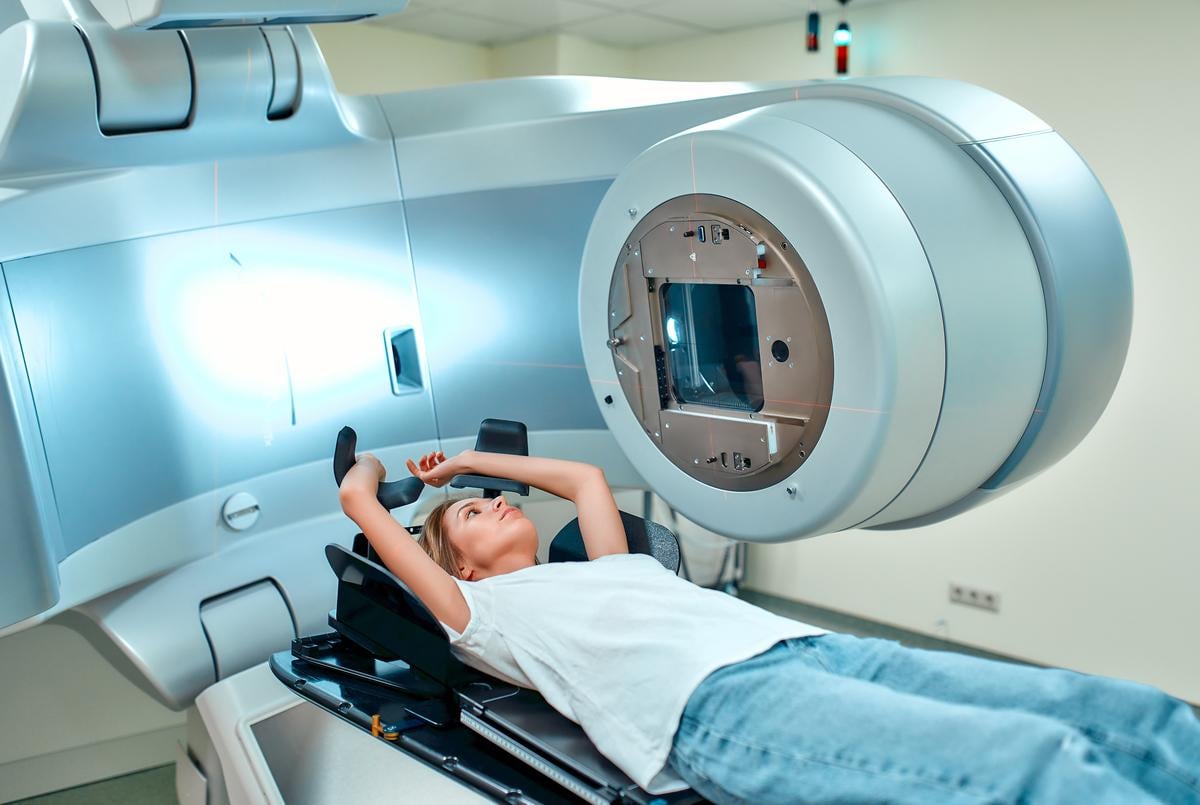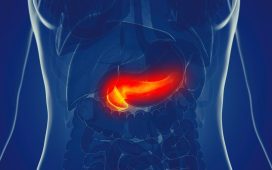By Beth Gilbert HealthDay Reporter
The annual meeting of the American Society for Radiation Oncology was held from Sept. 29 to Oct. 2 in Washington, D.C., drawing more than 8,500 participants from around the world, including physicians, oncology nurses, radiation therapists, biologists, physicists, and other cancer researchers. The conference featured educational courses focusing on radiation, surgical, and medical oncology.
In a cross-sectional, descriptive study, Charlyn Gomez, of the University of Maryland School of Medicine in Baltimore, and colleagues identified significantly different psychosocial factors impacting Black cancer patients compared with their non-Black counterparts.
Noting the concerning underrepresentation of the Black population in clinical trials, the authors aimed to better understand the psychosocial factors impacting Black cancer patients when choosing to participate in clinical research. A questionnaire, adapted from two previously validated surveys, was administered to 97 of 138 eligible patients (between October 2023 and February 2024) who completed definitive radiation treatment with curative gastrointestinal, thoracic, gynecological, and head and neck malignancies. The investigators found spiritual and religious factors that influenced the decision-making process of Black cancer patients regarding whether or not to enroll in clinical trials. Meanwhile, there were no differences seen in trusting the cancer care team between Black and non-Black patients, which indicates that mistrust in clinical research is a separate entity requiring further investigation and efforts to meet patients where they are in their cancer journey.
“Since our study showed significantly different psychosocial factors impacting Black cancer patients, namely those tied to spirituality and community, it’s crucial that researchers become capable of having conversations with their patients of color on these matters,” Gomez said. “If the whole research team is competent in doing so, patients may feel more comfortable with the idea of clinical research and have the opportunity to voice concerns that they are not used to being asked about.”
Abstract No. 215
In an open-label, randomized phase 3 international trial, Kristin Higgins, M.D., of City of Hope Atlanta in Newnan, Georgia, and colleagues found that the timing of immunotherapy administration among patients with limited-stage small cell lung cancer plays a key role in its ability to extend survival.
For the study, 544 patients received one cycle of chemotherapy (platinum/etoposide) prior to study registration and then were randomly assigned in a 1:1 ratio to concurrent chemoradiation or concurrent chemoradiation plus atezolizumab intravenously every three weeks until investigator-assessed progression or intolerable adverse events (up to a maximum of 17 cycles). The researchers found that concurrent treatment of atezolizumab and chemoradiation did not improve survival rates compared with standard of care.
“If you give immunotherapy concurrently with chemoradiation, it does not yield the same survival benefit as when we add it after standard treatment. We also found that changing the way you deliver radiation by giving it twice daily improved survival rates compared to a once-daily approach,” Higgins said. “Radiation suppresses the immune system in the immediate sense, and immunotherapy relies on the immune system to be effective. Adding these drugs after you give radiation can make the immunotherapy more potent, but you have to allow the immune system time to recover to really see the two work well together.”
Abstract No. LBA02
In the phase 3 Prostate Advanced Radiation Technologies Investigating Quality of Life study, Jason Efstathiou, M.D., Ph.D., of Massachusetts General Hospital in Boston, and colleagues found that patients treated with contemporary radiotherapy for localized prostate cancer achieve excellent quality of life and highly effective tumor control, with no measurable differences seen between patients receiving proton beam therapy (PBT) and those receiving intensity-modulated radiation therapy (IMRT).
The authors compared PBT and IMRT in a head-to-head study of patients with low- or intermediate-risk localized prostate cancer. Specifically, 450 patients were randomly assigned to PBT or IMRT, without hormonal therapy. The investigators found that patients with low- and intermediate-risk prostate cancer who were treated with either PBT or IMRT achieved equally high rates of tumor control, with no differences seen in patient-reported quality of life.
“We tested two contemporary, advanced forms of external beam radiation for a very common cancer, and we demonstrated that both are very safe, effective treatments that give patients excellent outcomes in terms of quality of life and cancer control,” Efstathiou said. “We can use either of these tools with comparably excellent outcomes.”
Abstract No. LBA01
ASTRO: Many Patients Have Cognitive Recovery After Brain Radiotherapy
FRIDAY, Oct. 4, 2024 (HealthDay News) — Many patients with brain metastases who experience initial neurocognitive failure following brain radiation therapy demonstrate recovery, with greater rates of cognitive recovery for stereotactic radiosurgery, according to a study presented at the annual meeting of the American Society for Radiation Oncology, held from Sept. 29 to Oct. 2 in Washington, D.C.
Read Full Text
ASTRO: Intensity-Modulated RT, Proton Beam Therapy Have Similar Outcomes in Prostate Cancer
FRIDAY, Oct. 4, 2024 (HealthDay News) — Intensity-modulated radiation therapy and proton beam therapy offer similar outcomes for patients with localized prostate cancer, according to a study presented at the annual meeting of the American Society for Radiation Oncology, held from Sept. 29 to Oct. 2 in Washington, D.C.
Read Full Text
ASTRO: Hypofractionated Radiation Therapy Safe After Breast Reconstruction
WEDNESDAY, Oct. 2, 2024 (HealthDay News) — For patients undergoing breast reconstruction, a 16-fraction course of hypofractionated postmastectomy radiation therapy is noninferior to a 25-fraction conventional course, according to a study presented at the annual meeting of the American Society for Radiation Oncology, held from Sept. 29 to Oct. 2 in Washington, D.C.
Read Full Text
Copyright © 2024 HealthDay. All rights reserved.








